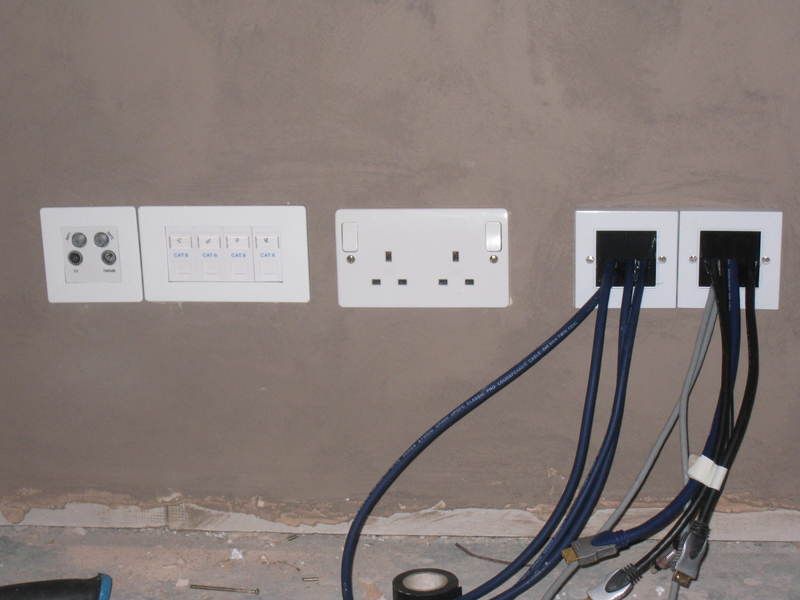Hi Everyone,
As per another thread, we've had a look round today at what sound bars and the like are out there.
The Sonus play bar with the added sub is ok, but just felt like colossal money for 'ok'. We checked out a Bose Cinemate 120 system, and that felt far better, but its still £1000 for a speaker under the tv and hidden amp. I think we can do better for less.
I like the idea of getting a dedicated amp, something like the Sony 1040 - http://www.richersounds.com/product/av-receivers/sony/strdn1040/sony-strdn1040
...a decent pair of front speakers, like the Monitor Audio BX2 Bronze - http://www.richersounds.com/product/standmount-speakers/monitor-audio/bronze-bx2/moni-audio-bx2-oak
... and then a separate sub http://www.richersounds.com/product/subwoofers/monitor-audio/bronze-bxw10/moni-audio-bxw10-oak
Without shopping around, thats £249.99 (Amp), £249 (Stereo Speakers) and then £449 (Sub), so about £950 all in.
Granted, we need cables on top of that, but I get the feeling we'd have a higher quality solution, and something we could make more use of and build on in the future.
Now. I'd appreciate a view on that equipment list, but I also need to sort doing the cabling. I want it all hidden, but I need help on working our what bits I need to order, and where I can order it all from please.
- I presume for the speaker faceplates I just need to order speaker wire and two faceplates - the amp is going to be right by one of the speakers, so I won't need to hide the wire - Reasonably priced recommendations for that cable would be great.
- I don't know what faceplate and cable I need for the sub. Help needed here !
- I know I need two HDMI faceplates, but I've got no idea what cable i need to connect the two, what do i need.
If with all of the above you can link me to items, that would be hugely appreciated.
As per another thread, we've had a look round today at what sound bars and the like are out there.
The Sonus play bar with the added sub is ok, but just felt like colossal money for 'ok'. We checked out a Bose Cinemate 120 system, and that felt far better, but its still £1000 for a speaker under the tv and hidden amp. I think we can do better for less.
I like the idea of getting a dedicated amp, something like the Sony 1040 - http://www.richersounds.com/product/av-receivers/sony/strdn1040/sony-strdn1040
...a decent pair of front speakers, like the Monitor Audio BX2 Bronze - http://www.richersounds.com/product/standmount-speakers/monitor-audio/bronze-bx2/moni-audio-bx2-oak
... and then a separate sub http://www.richersounds.com/product/subwoofers/monitor-audio/bronze-bxw10/moni-audio-bxw10-oak
Without shopping around, thats £249.99 (Amp), £249 (Stereo Speakers) and then £449 (Sub), so about £950 all in.
Granted, we need cables on top of that, but I get the feeling we'd have a higher quality solution, and something we could make more use of and build on in the future.
Now. I'd appreciate a view on that equipment list, but I also need to sort doing the cabling. I want it all hidden, but I need help on working our what bits I need to order, and where I can order it all from please.
- I presume for the speaker faceplates I just need to order speaker wire and two faceplates - the amp is going to be right by one of the speakers, so I won't need to hide the wire - Reasonably priced recommendations for that cable would be great.
- I don't know what faceplate and cable I need for the sub. Help needed here !
- I know I need two HDMI faceplates, but I've got no idea what cable i need to connect the two, what do i need.
If with all of the above you can link me to items, that would be hugely appreciated.


